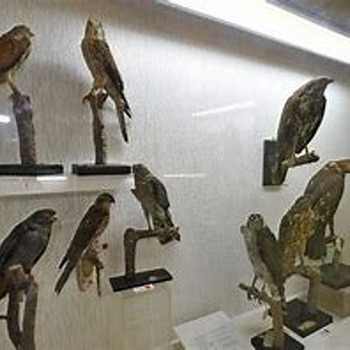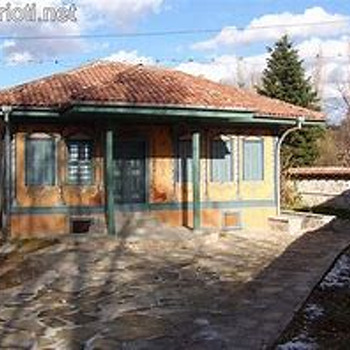Raina Knyaginya House-Museum - Panagyurishte
Overview
Raina Knyaginya's native house is a cultural monument of national importance. It is a representative of the Middle Mountain type asymmetrical house. An ancient inscription preserved on one of the beams of the large courtyard door indicates the year of construction - 1673 and its first owners - Tasso and Miho. In this home, on January 18, 1856, the future flag bearer of the April Uprising was born - Raina Popgeorgieva Futekova - Raina Knyaginya. On May 3, 1950, the Raina Knyaginya House-Museum opened its doors to its first visitors as a museum. In 1979/81 a major restoration of the house has been carried out. In the former handicraft workshop "Kerena", on the first floor, there is a documentary - material exhibition dedicated to the life and role of Raina Knyaginya during the April Uprising. The ethnographic exposition on the second floor gives an idea of the situation in which the famous Bulgarian woman was born and raised. Among the valuable relics in the museum is the main flag of the Panagyurishte rebels, which Raina Princess reproduced in 1901 on the occasion of the first official celebration of the April Uprising. In the yard of the house-museum there is a marble sculpture of the flag bearer, under which her remains are stored. In 1992 the heirs of Raina Knyaginya donated the house to the Municipality of Panagyurishte. For more than half a century, about two and a half million Bulgarians bowed their heads, passed through the small wooden gate to pay homage to the immortal work of the Flagbearer and took with them a piece of the patriotism of a great age. At the end of March 1876, the Revolutionary Committee in Panagyurishte and Georgi Benkovski commissioned Raina Popgeorgieva to fly the main flag of the Panagyurishte insurgents. On April 22, the flag was solemnly lit and during the days of the Panagyurishte Republic it proudly fluttered on the big door of Hadjiluk's house - Government House. During the Russo-Turkish War of 1877/78, the flag probably burned in the konak in Haskovo. On the occasion of the first official celebration of the April Uprising in 1901, Princess Raina reproduced the Chief Insurgent Flag. Funds for cloth and tinsel were provided by the April 20 committee. Raina embroiders the flag in Sofia. A few days after the celebrations in Panagyurishte, the flag was flown to Kostina on the occasion of the 25th anniversary of the death of Duke Benkovski. In the archives of the house-museum there is a photo of Raina Princess with the flag from 1901 with her autograph. The photo was taken in Sofia after the flag was completed. Until his death, Pavel Koychev, a pro-Panagyurishte supporter, kept the precious relic "like his eyes", folded on four floors, on each fold with a newspaper so as not to waste it, in a special box, and on the holiday he took it out on the balcony for to be watched by the people. After him, the flag is kept by the chairman of the Volunteer Association in Panagyurishte Ivan Kuzmov - the Committee. His great-grandson, Petko Kuzmov, recounts his father's memories: On March 3 and May 3, when the Liberation and April Uprising celebrations took place, the flag was carried with music from the Committee House in Dragulin Mahala and together with other supporters they went to the square. " After the death of Ivan Kuzmov the flag was kept in the community center. Later, when the house-museum Raina Knyaginya was established - 1950, it was exhibited there.
Recommended
- Historical Museum - Panagyurishte
- Memorial complex
- Sun clock
- Tut's house


 Bulgarian
Bulgarian Romanian
Romanian



